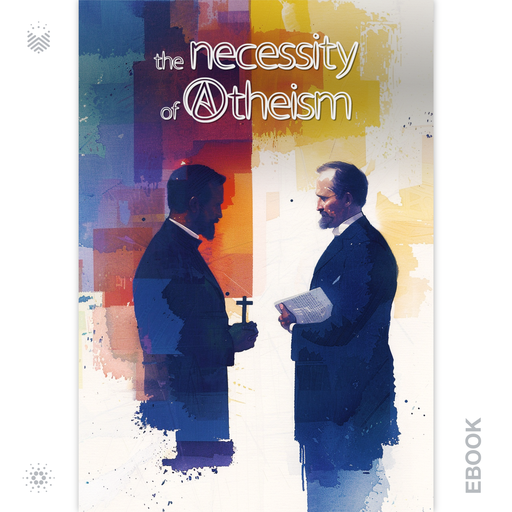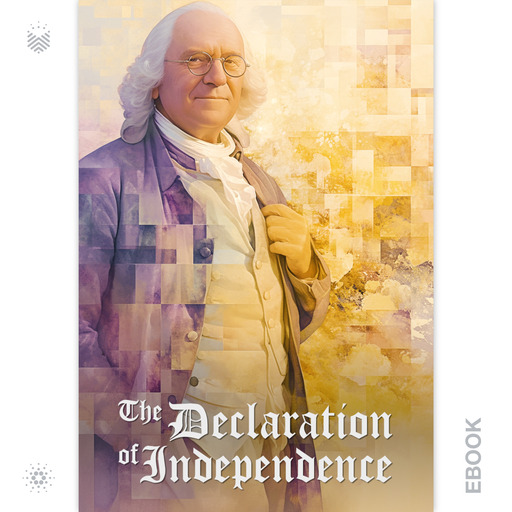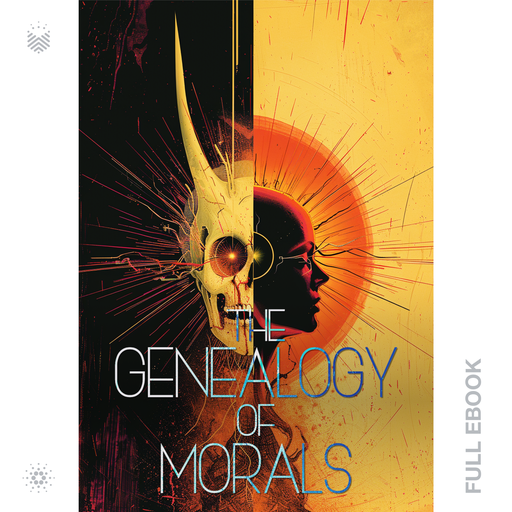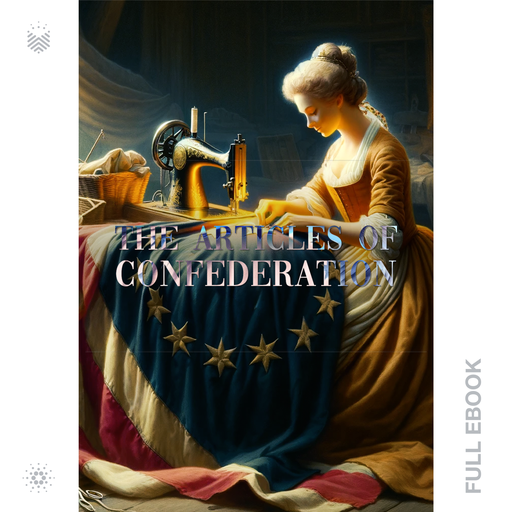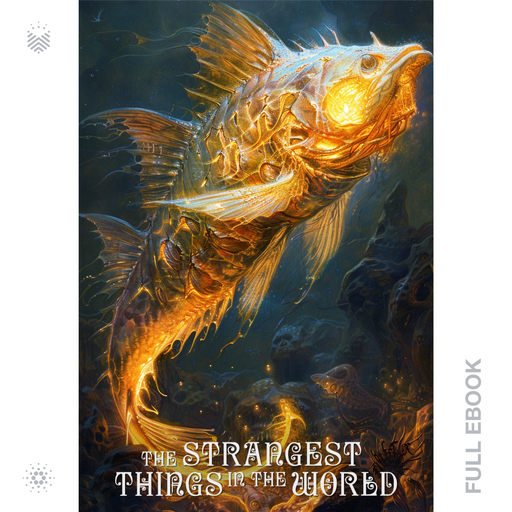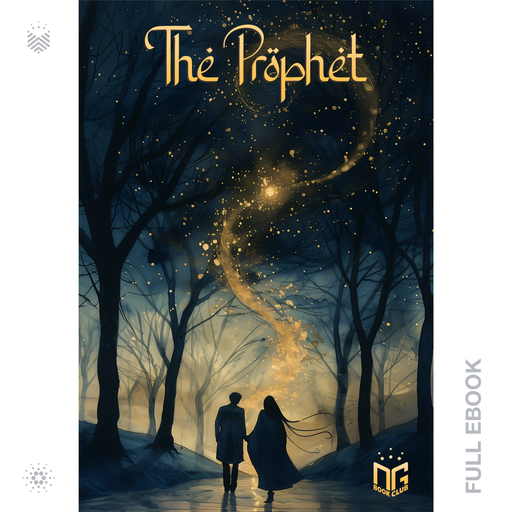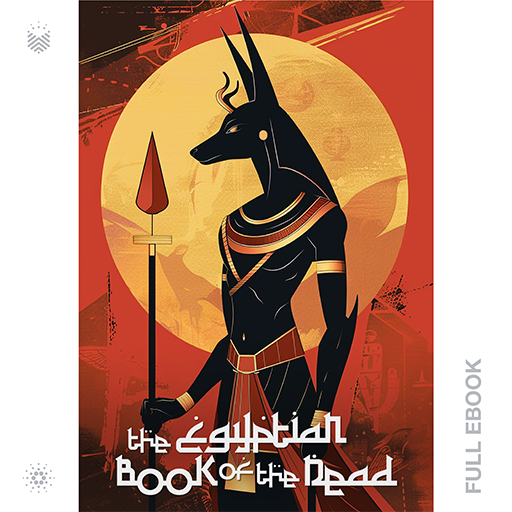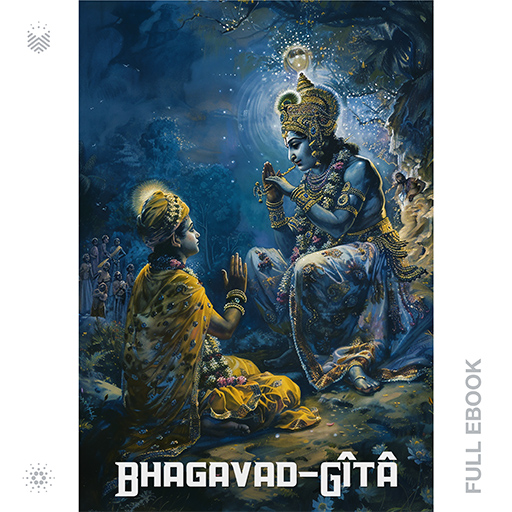by Rosalyn Rourke, MSW
If thoughts and feelings were truth, they would be called facts. In the pages of this fable and companion memoir, we learn about truth and the simple way we can transcend the lie of unworthiness. Imagined unworthiness shows up as a tyranny of thoughts and feelings that cause psychological suffering.
Read More
by J Boykin Baker
“By Design: Book 2” by J. Boykin Baker continues the captivating journey of love, faith, and second chances in a beautifully crafted romance.
If you find it difficult to balance your life, work and family in the turmoil of our modern culture, you are bound to resonate with Anne’s and Brad’s story. But take heart, finding balance may just be possible!
Read More
by J Boykin Baker
Book.io Edition 2
“By Design” by J. Boykin Baker is a contemporary novel that delves into themes of faith, love, and personal growth.
When a young interior designer discovers that the exciting new man in her life is hiding a heart wrenching secret, she realizes it will take a lot more than sparks to ignite this romance.
This first novel in the By Design series is an emotional Christian romance that is guaranteed to touch the heart of anyone who has experienced the breathtaking inte… Read More
by Percy Bysshe Shelley
In “The Necessity of Atheism,” Percy Bysshe Shelley directly challenges the foundations of religious belief. Through lucid argumentation and sharp rhetoric, Shelley invites readers to confront their beliefs and embrace a worldview grounded in skepticism and scientific inquiry. This seminal work not only sparked controversy and censorship in its time but also continues to resonate today, challenging readers to reconsider the nature of belief and the role of religion in society.
… Read More
by Joshua Miller
Discover the most astounding facts about the United States of America in this fun, funny and fascinating trivia book for teens and adults.
Whether you’re a history buff, a trivia enthusiast, or just curious about the strange and wonderful, this book will keep you entertained and amazed as you explore the extraordinary tapestry that makes the United States truly awesome.
Read More
by Thomas Jefferson, Benjamin Franklin
The Declaration of Independence, adopted on July 4, 1776, marks a pivotal moment in American history. Thomas Jefferson, tasked with drafting the document, captured the colonies’ collective resolve for freedom from British rule. The Continental Congress debated and revised Jefferson’s draft, ultimately producing a powerful proclamation that articulated the colonies’ desire for independence and their grievances against King George III.
… Read More
by William F. Cody
William F. Cody’s “The Life of Buffalo Bill” offers a vivid and captivating account of the legendary American frontier scout and showman. Written by Cody himself, the biography immerses readers in the thrilling adventures and extraordinary experiences of one of the most iconic figures of the Wild West. Through Cody’s own words, readers gain insight into his remarkable life, from his early days as a buffalo hunter and Pony Express rider to his later career as the star of B… Read More
by Karl Marx, Friedrich Engels
Karl Marx and Friedrich Engels wrote “The Communist Manifesto” in 1848 to articulate the principles and goals of communism. They created this political pamphlet during a time of significant political and economic change in Europe. The growing industrial revolution and widespread worker dissatisfaction influenced their work. Marx and Engels aimed to provide a clear explanation of communist ideology and rally the working class to overthrow the capitalist system.
… Read More
The United States Bill of Rights, ratified on December 15, 1791, firmly establishes the fundamental rights and liberties of American citizens. Crafted by James Madison, these first ten amendments to the Constitution respond directly to calls from several states for greater constitutional protection for individual freedoms. The Bill of Rights outlines specific prohibitions on governmental power, ensuring that citizens retain essential rights that the government cannot infringe upon.
… Read More
by Frederick A. Talbot
In Frederick Talbot’s “Moving Pictures,” readers are taken on a captivating journey through the history and significance of cinema. Talbot provides a comprehensive examination of the evolution of film, from its humble beginnings as a novelty to its transformation into a powerful cultural phenomenon. Through vivid storytelling and meticulous research, he traces the technological advancements, artistic innovations, and societal influences that have shaped the medium over the deca… Read More
by David Barrow
An Education in Service Management – A guide to building a successful service management career and delivering organisational success.
IT is a business-critical function. It delivers experiences, stimulates strategic shifts, and protects organisations from theft, cyber attacks, and the related regulatory, reputational and financial impacts.
Read More
by Joshua Stone
Own a limited Collector’s Edition of the Stuff.io Whitepaper with 500 one-of-one book covers. Stuff.io is the home for fully decentralized and encrypted Music, Video, Podcasts, and other media you truly own. Gain insight into a new era of digital media and how it will benefit consumers and creators alike.
Own Your Stuff!
Read More
by J Boykin Baker
“By Design” by J. Boykin Baker is a contemporary novel that delves into themes of faith, love, and personal growth.
When a young interior designer discovers that the exciting new man in her life is hiding a heart wrenching secret, she realizes it will take a lot more than sparks to ignite this romance.
This first novel in the By Design series is an emotional Christian romance that is guaranteed to touch the heart of anyone who has experienced the breathtaking intensity of a new lov… Read More
by Friedrich Nietzsche
In Friedrich Nietzsche’s seminal work, “The Genealogy of Morals,” readers are plunged into a philosophical exploration of the origins and development of moral values. Nietzsche challenges conventional notions of morality and traces its evolution from its primitive roots to its modern manifestations. With piercing insight and provocative rhetoric, he delves into the psychological, cultural, and historical forces that shape human ethics, offering a radical critique of traditional… Read More
by Solomon Northup
“Twelve Years a Slave” recounts the harrowing true story of Solomon Northup, a free African American man who was kidnapped and sold into slavery in the antebellum South. Through Northup’s own vivid and compelling narrative, readers are transported to the brutal world of plantation life, where human beings are treated as property and subjected to unimaginable cruelty. As Northup struggles to maintain his dignity and humanity in the face of oppression, his story serves as a power… Read More
The Articles of Confederation, ratified in 1781, served as the first constitution of the United States, following the nation’s declaration of independence from British rule. Crafted by the Second Continental Congress, this document aimed to provide a framework for governance among the newly formed states. However, its structure reflected a cautious approach to central authority, as the colonists were wary of repeating the abuses they had experienced under British rule.
… Read More
by Thomas R. Henry
In “The Strangest Things in the World” by Thomas R. Henry, readers are taken on a fascinating journey through a myriad of oddities and curiosities from around the globe. With meticulous research and engaging storytelling, Henry uncovers the most bizarre phenomena and peculiar occurrences, inviting readers to delve into the extraordinary and the inexplicable. From natural wonders to supernatural encounters, each chapter presents a captivating exploration of the world’s strangest… Read More
by Laozi
The “Tao Te Ching” is a foundational text in Taoism, an ancient Chinese philosophical and religious tradition, written around 400 BC.
It is a collection of 81 short chapters, each containing poetic and philosophical verses. The text explores the concept of the Tao (Dao), which can be translated as the “Way” or the “Path.” The Tao represents the fundamental and unnameable force that underlies and unifies the universe.
… Read More
by George P. Putnam
“Nonsenseorship” is a provocative exploration of censorship’s impact on society. Putnam delves into the absurdities of censorship, arguing for the vital importance of free expression. Through vivid examples and persuasive arguments, he challenges readers to reconsider the role of censorship in stifling creativity and intellectual freedom.
Read More
by Kahlil Gibran
“The Prophet,” written by Kahlil Gibran, stands as a timeless masterpiece that transcends generations with its profound wisdom and poetic beauty. Gibran’s work invites readers on a spiritual journey through the teachings of a prophet named Almustafa, who shares his insights on various aspects of life, including love, marriage, freedom, and death. Gibran’s writing style, characterized by its lyrical prose and profound simplicity, captivates readers, drawing them into a wor… Read More
by Adam Smith
“The Wealth of Nations” by Adam Smith revolutionized economic thought and remains a cornerstone of modern economics. In this seminal work, Smith explores the principles of capitalism, arguing that free markets, competition, and self-interest drive economic prosperity. Smith’s insights into the division of labor, the invisible hand of the market, and the role of government intervention continue to shape economic policy and theory to this day.
… Read More
by Epictetus
In “Discourses,” Epictetus, a Stoic philosopher, shares timeless wisdom on ethics, personal development, and living a virtuous life. Drawing from his own experiences and observations, Epictetus offers practical advice on how to navigate life’s challenges with resilience and inner strength.
Read More
by Peter Le Page Renouf, Edouard Naville
The Egyptian Book of the Dead, translated by Peter Le Page Renouf and Edouard Naville, is an ancient funerary text originating from ancient Egypt. It consists of a collection of spells, hymns, and rituals aimed at guiding the deceased through the afterlife and ensuring their safe passage to the realm of the gods. These texts were often inscribed on papyrus scrolls and buried with the deceased to provide guidance and protection in the journey to the underworld. The Book of the Dead reflects the a… Read More
by Sir Edwin Arnold
The Bhagavad-Gîtâ is a sacred Hindu scripture, translated by Sr. Edwin Arnold, offers profound philosophical teachings and spiritual insights as it unfolds a dialogue between Prince Arjuna and Lord Krishna on the battlefield of Kurukshetra. Through this conversation, Arjuna grapples with moral dilemmas and existential questions while seeking guidance from Krishna, who imparts timeless wisdom and guidance on duty, righteousness, and the path to spiritual liberation. The Gita’s teachings t… Read More




